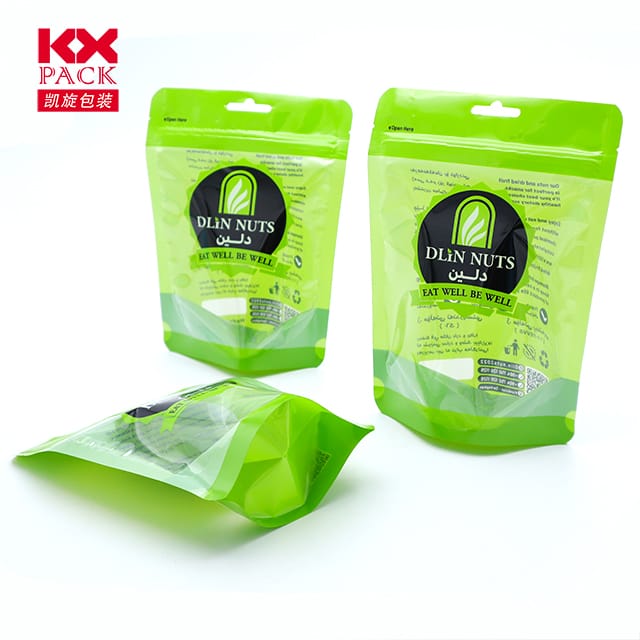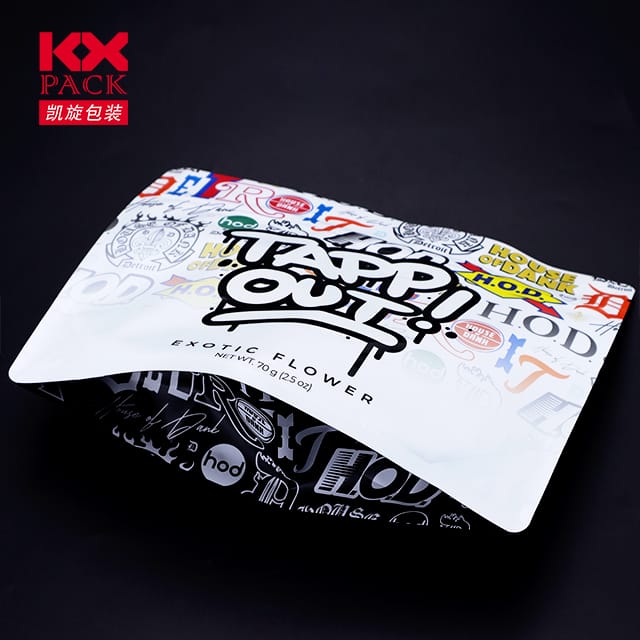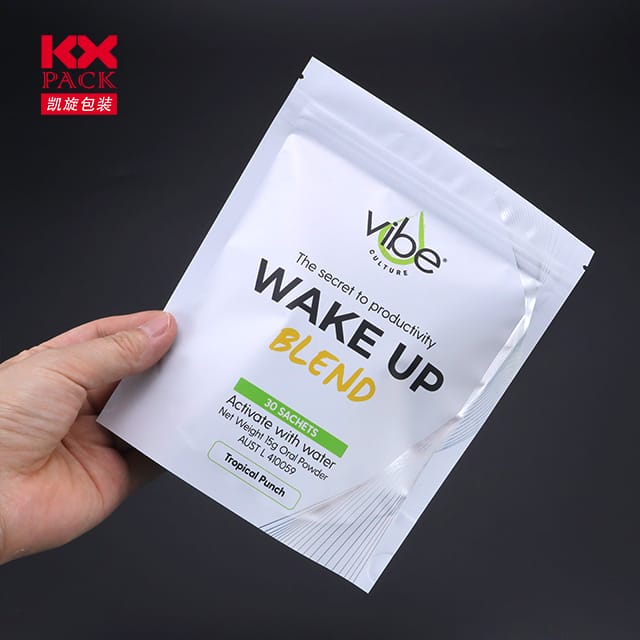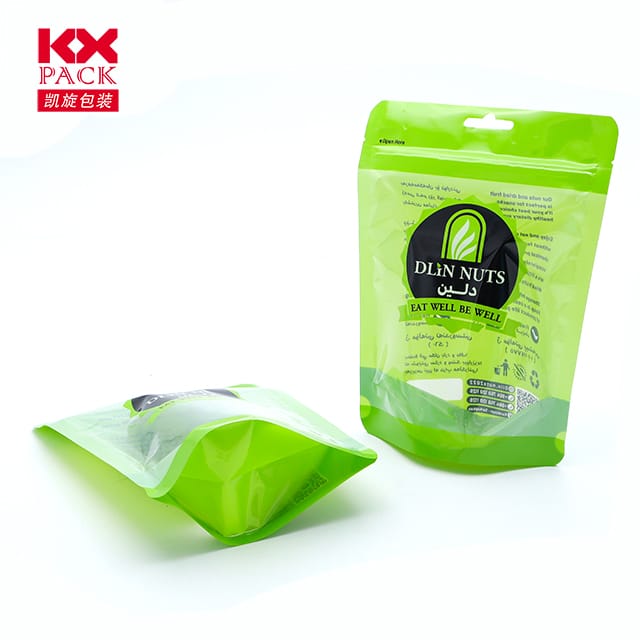Navegando por el mundo de los proveedores de películas para embalaje flexible: Tendencias y consideraciones clave para 2025
Película de embalaje flexible
In an era where sustainability, eficiencia, y la vida útil del producto son primordiales, El papel de las películas de embalaje flexibles ha evolucionado más allá de la mera protección.. Hoy, Estos materiales están diseñados para satisfacer demandas complejas, desde ampliar la frescura de los alimentos y reducir el desperdicio hasta alinearse con las tendencias globales de conciencia ecológica.. For businesses seeking reliableflexible packaging film suppliers, understanding market dynamics and supplier capabilities is crucial. Let’s unpack the essentials.
1. Rising Demand for Sustainable Solutions
The global push toward circular economies has accelerated the adoption of eco-friendly packaging. Suppliers now prioritize biodegradable, compostable, and recyclable films made from materials like PLA, PHA, or recycled PE. Look for suppliers certified by recognized standards (P.EJ., ISO 14040 for life-cycle assessments) and those offering carbon-neutral production processes.
Pro Tip: Ask suppliers about their “cradle-to-grave” sustainability strategies, including end-of-life disposal partnerships.
2. personalización & Material Innovation
Moderno Película de embalaje flexible isn’t one-size-fits-all. Suppliers are innovating with:
- Barrier Films: High-oxygen or moisture-resistant layers for perishables.
- Embalaje inteligente: Films with integrated sensors to monitor freshness.
- Liviano: Thinner materials without compromising durability.
Key Consideration: Choose suppliers with in-house R&D teams to co-create solutions tailored to your product’s unique needs.
3. Global Supply Chain Resilience
Post-pandemic disruptions have highlighted the need for agile suppliers. Partner with companies offering:
- Localized Production: Regional manufacturing hubs to reduce delays.
- Transparent Traceability: Real-time tracking systems for raw materials and logistics.
- Stocking Programs: Safety inventories to mitigate supply chain risks.
4. Quality Certifications & Compliance
Regulatory landscapes (P.EJ., Directiva de plásticos de un solo uso de la UE, FDA food-contact standards) are tightening. Ensure suppliers adhere to:
- ISO 9001 (quality management).
- BRCGS o FSC certifications for food-grade or forest-sourced materials.
- Chemical Compliance: Phthalate-free, non-toxic formulations.
5. Digital Integration & Apoyo
Leading suppliers now offer digital tools to streamline collaboration:
- 3D Packaging Design Software: Optimize film usage and reduce waste.
- E-Commerce Platforms: For quick reordering and inventory management.
- Technical Expertise: On-demand consulting for material selection or machinery compatibility.
Market Spotlight: Emerging Trends
- Mono-Material Films: Simplifying recyclability by using single polymers.
- Antimicrobial Coatings: Extending product shelf life in humid climates.
- Short-Run Flexibility: Digital printing capabilities for smaller-batch customization.
How to Choose the Right Supplier
- Audit Their Portfolio: Request case studies of similar projects.
- Factory Visits: Virtually or in-person to assess quality controls.
- Pilot Testing: Run trials to evaluate film performance under real conditions.
- Long-Term Partnerships: Prioritize suppliers invested in your growth, not just a quick sale.
Conclusión
The flexible packaging film market is at a crossroads of innovation and responsibility. By partnering with suppliers who balance sustainability, personalización, and resilience, businesses can future-proof their operations while meeting evolving consumer expectations. Remember: The right supplier isn’t just a vendor—they’re a collaborator in your journey toward smarter, greener packaging solutions.
Need help identifying top suppliers? Stay tuned for our next post featuring a curated list of industry leaders!






